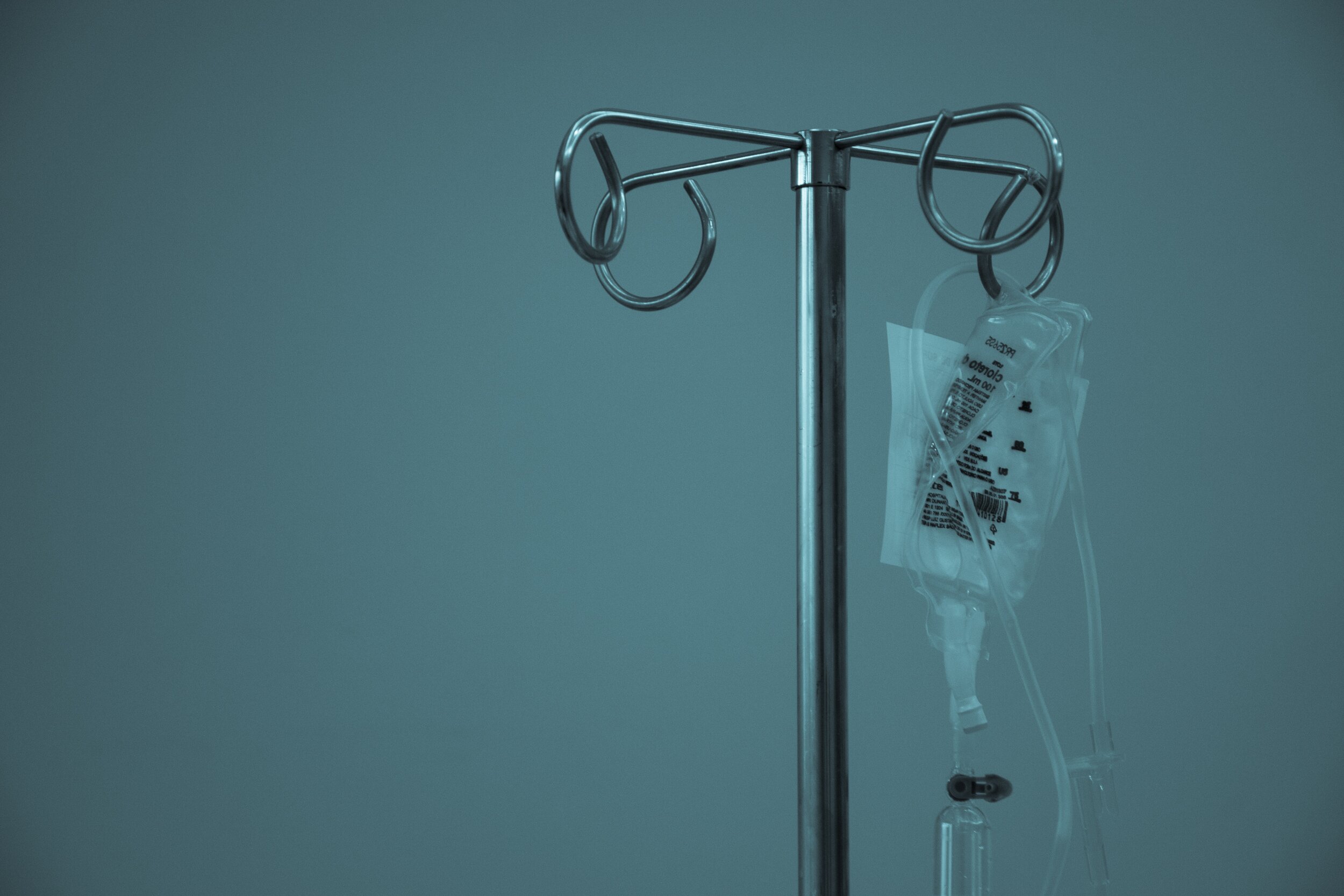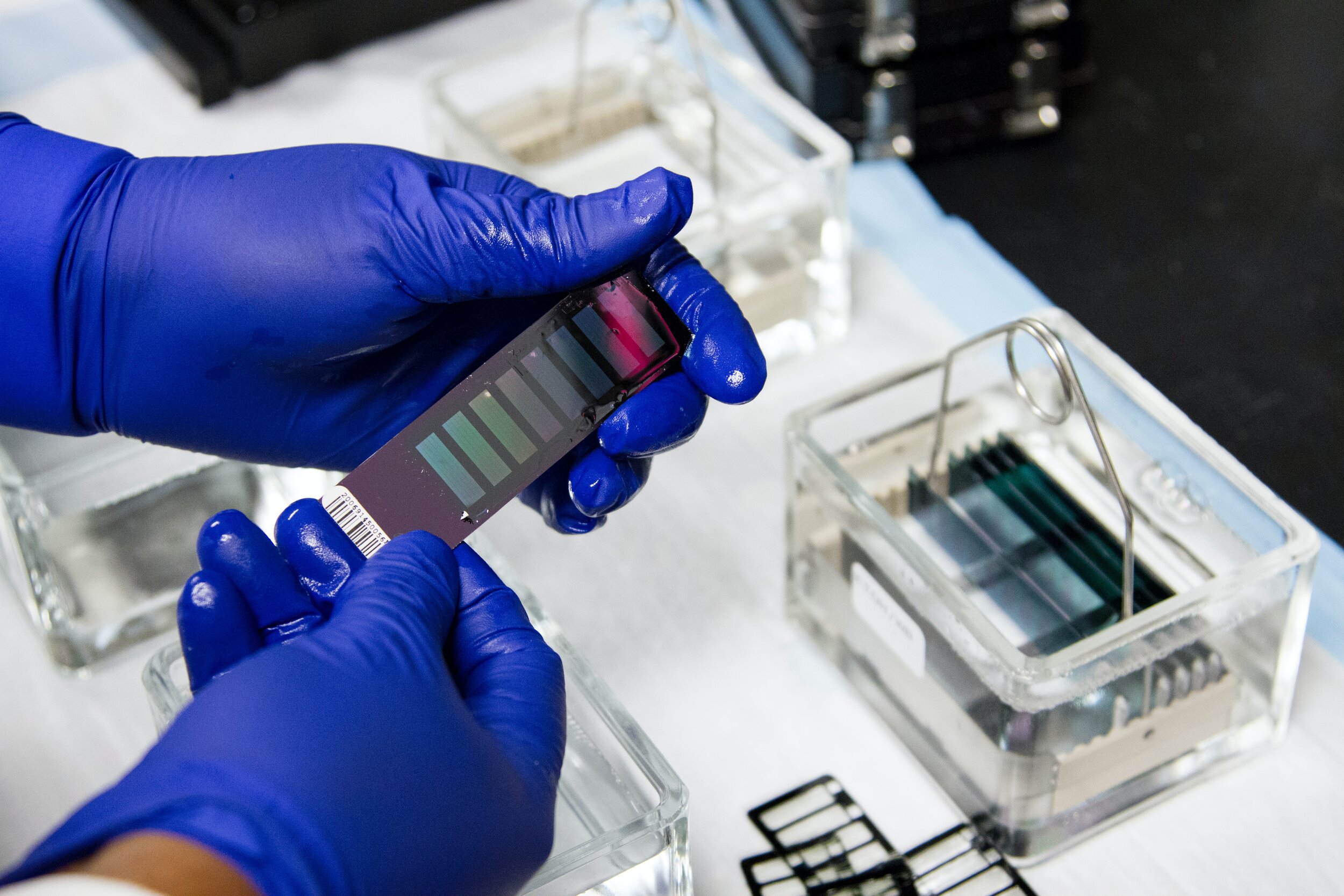NEWLY DIAGNOSED
Introduction
EHE IS A RARE DISEASE
characterized by tumors that can occur anywhere in the body. These are often very slow-growing and people can live for decades with EHE - there are even a few reports of the disease regressing or disappearing completely over time. Furthermore, it is a very unusual disease because the appearance of tumors in multiple body parts does not necessarily carry a poor outcome or indicate aggressive disease. Therefore, while EHE is usually considered a sarcoma (a form of cancer), it is very different from most cancers.
NOW, LET’S GO BACK TO THE BEGINNING…
The day you learned you or a loved one had EHE was undoubtedly tough - very tough. We know that from personal experience. However, there is much to be optimistic about. First, as mentioned above, EHE is usually slow to grow or spread, so you have time to adjust and plan. Furthermore, recently there have been important advances in understanding the disease – and this is considered the first step to finding an effective treatment.
YOU PROBABLY PLAN TO SPEND SOME TIME LEARNING ABOUT HE/EHE
and what is currently known about it. However, because EHE is so rare, finding good information can be challenging and most doctors probably won’t be able to tell you very much about it. Unlike the common cancers like breast and prostate, there are few resources about EHE and only a handful of oncologists and surgeons have experience in treating EHE patients. In the US, the doctors with the most experience treating EHE generally practice at large academic medical centers. In countries with smaller populations, such as Australia, these doctors will be more difficult to find and patients are more reliant on word of mouth.
The button below provides some additional resources and places to start gathering information on EHE.
SOME OF THE BASICS
MORE ADVANCED STUFF
REAL REASON FOR OPTIMISM!
It is important to convey to EHE patients and their families and especially the 'newbies' the several factors that explain why there is real reason for hope
Most important
Is that we have a first-rate scientist focused on finding a cure for EHE. Dr. Brian Rubin is a professor of molecular pathology at Cleveland Clinic and was the first to identify the genetic alteration underlying the transformation of endothelial cells to EHE. He and his group more recently published a paper explaining how this occurs: how the fusion of two genes results in the cancer we know as EHE. They have developed a preliminary cell model of EHE and are now working to establish a genetically engineered mouse (GEM) model, too. These models allow us to understand the biology of the disease, a big step to finding a cure. Potential treatments can also be tested in the GEM.
contributions
Finally, all of us together in different ways big and small have made contributions and raised money to support the efforts of Dr. Rubin's laboratory. He has been able to hire technical and scientific support and expand the efforts and scope of his scientific work. These three key items show that involvement from a grass roots level to the large medical center can unite to achieve wonderful things. Lets keep going!!
EHE Facebook page
Here you can tap into the collective knowledge and support of a large number of people with interest and first-hand experience with EHE and all the related/linked interest groups. This is absolutely invaluable to the community.
THE FUTURE FOR PEOPLE WITH HEMANGIOENDOTHELIOMA
Doctors are looking into a variety of methods to control the growth and spread of HE tumors. One very promising theoretical approach is to identify links in the WWTR/CAMTA directed cell-signaling system that could be targeted by specific inhibitors. This approach of ‘targeted therapy’ has been used successfully in other types of cancer. Impressive scientific progress is being made in this field and CRAVAT has contributed money to support such important research. In the meantime, many of the currently available drugs are managing to restrain the tumors, providing vital time until other treatments are discovered.
It is incumbent on the EHE community to support each other, continue seeking funds for needed research, and educating clinicians, scientists, friends and family as well as politicians and others with political leverage about the importance of supporting EHE research.








